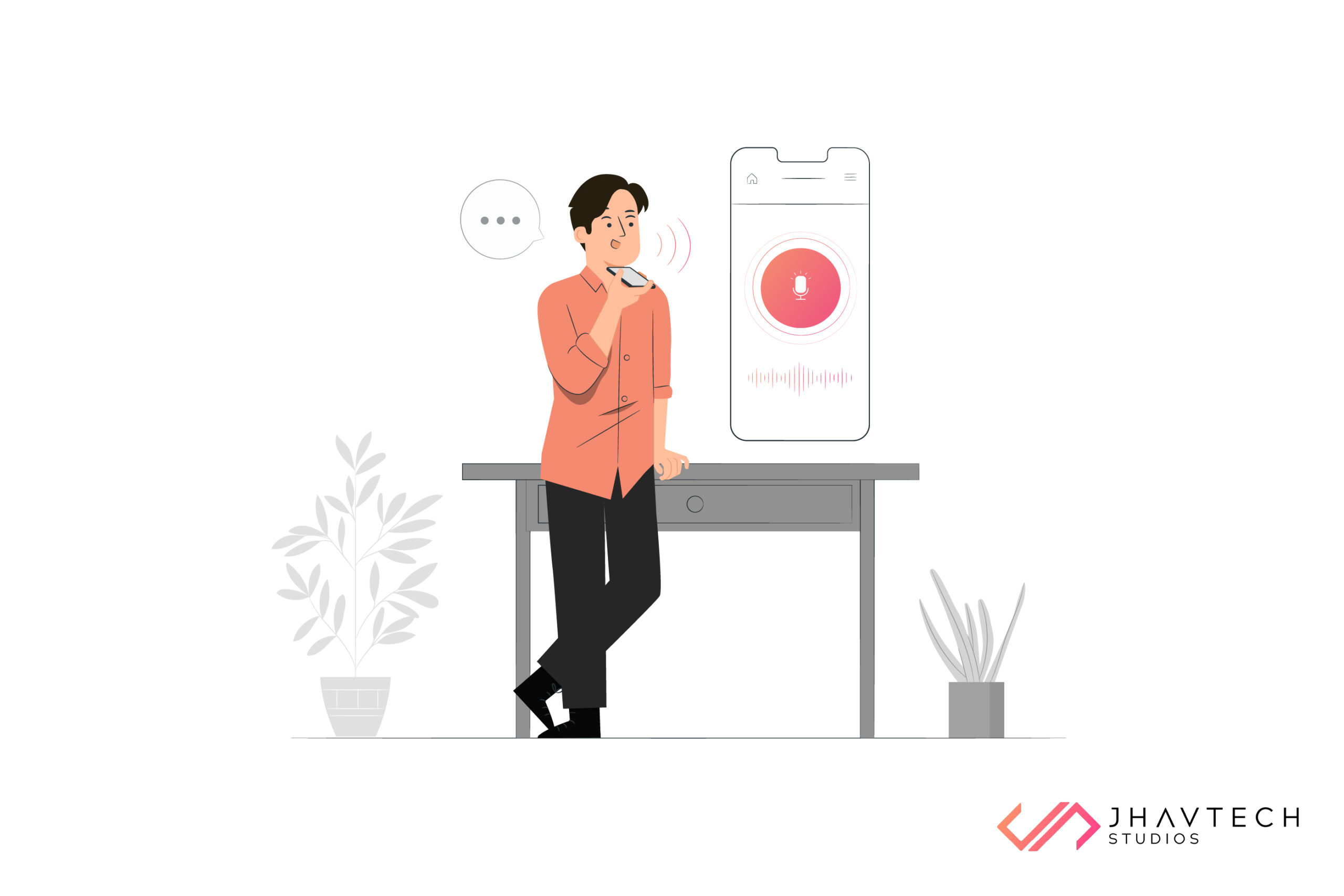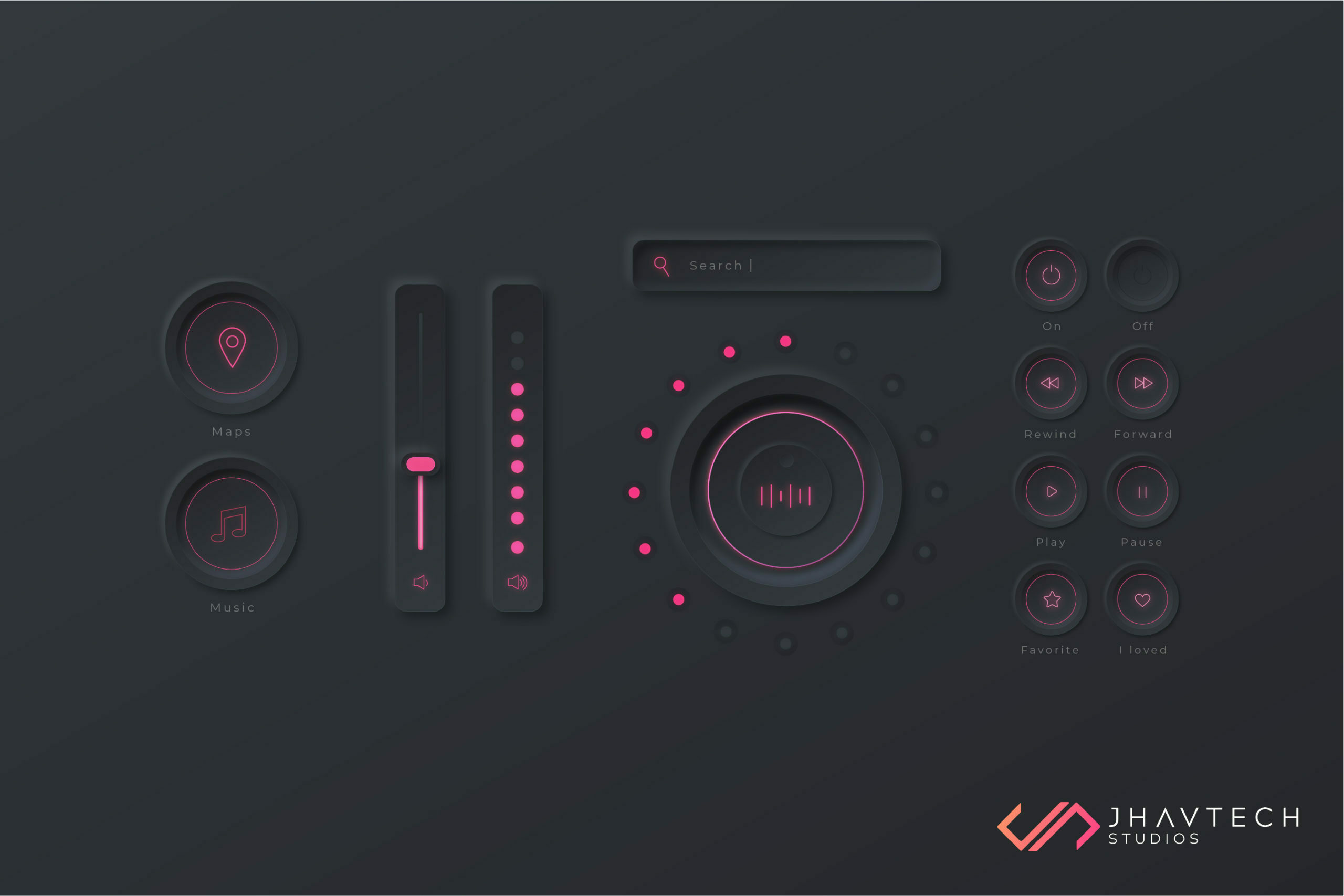Top 5 Web Development Trends in 2023 and Beyond

The first web page was introduced to the world in August 6, 1991 and while it was not as exciting or deeply engaging as some of the 1.9 billion websites in existence today, it was a phenomenal feat that forever changed our lives.
Technology progressed, but the early sites were basic to say the least, due to the lack of tools for web designers and dial-up internet connections were terribly slow. Over time, network speed improved and with it came immersive, feature-rich sites that seamlessly combined aesthetics and functionality.
Web development evolved from plain web pages to sophisticated websites that can immerse users in practically any topic and provide compelling experiences through the magic of computing. To a huge extent, this applies to the world of business and as American business magnate Bill Gates once stated, “If your business isn’t on the Internet, then your business will be out of business.”
The impact of having a web presence on business operations is now crystal clear. A well-conceived, well designed, and well-developed website allows companies to attract prospective clients, learn about their behavior, and offer products and services that they’re looking for.
However, bear in mind that not just any website is enough to benefit a business. As a matter of fact, having a so-so website that’s slow to load, isn’t user-friendly, or is unresponsive can turn out as a deal-breaker. It can mess up everything that a business has set out to achieve.
The tech world is one of the fastest evolving niches we’ve ever seen and it’s imperative to stay abreast with the latest trends in the web development industry if you want your business to stand out and stay ahead of the competition. In this post we will dive in and take a close look at the top 5 web development trends for 2023 and beyond…

Optimized Voice Search
“Siri, what’s the best web development company in Australia?” We know the answer *wink* Jhavtech Studios, and we are also aware that more people are utilising voice search to find answers to any query that pops in their mind.
Voice search is a relatively new technology that everyone uses and it has emerged as a useful tool to make our daily lives easier. It helps in conducting effective research, improves user experience, and allows the visually impaired to use online services.
Smart speakers like Siri and Alexa have already set a strong grip in the voice search market and they are continuing to grow. In fact, Statista reported that by 2026 the global voice recognition market will hit $27.16 billion. The figure says it all and you certainly need to consider this tech as it’s one of the hottest web development trends today.
As users expect to have more conversational and immersive interactions with the websites they visit, there’s a need to seriously consider voice technology during the development process. Voice interfaces are poised to revolutionise the internet and how we use it. For instance, we have seen the effect on how websites direct traffic through on-page SEO. By having a prepared answer provided by voice technology, long-tail search terms will become more effective.

Neumorphism
This is a design trend that focuses on the creation of visual appeal by using minimalistic design elements. It is a word coined from the combination of ‘new’ and ‘skeuphomorphism’, which is precisely what is depicted in the nature of the design.
Basically, neumorphic elements are placed on top of the background surface and are often a raised shape created from an identical material to that on the background. Some user interface (UI) elements are made to look as if they are linked to the surface, while others seem like they’ve been sucked from it. The color of the elements is either similar or subtly different from the background surface.
The concept of the design behind ‘floating’ elements with soft shadows is actually not something new. You can find it in Google Material Design, which dates back to 2014. What’s new is the increase in popularity among web designers, which is evident in design concepts showcased in Behance or Dribble.
Perhaps the significant rise in popularity of neumorphism is because of its controversial nature as web design circles tend to have divided opinions. This trend presents two distinct advantages: first, it is not frequently seen on productive websites, and second, it is largely unexplored. As for the disadvantage, people with poor eyesight may have difficulty in identifying subtle differences among the elements used.
Overall, neumorphism is meant to be minimalistic, sleek and tidy. You can expect this web design trend to be more prominent in modern websites in 2023 and the upcoming years.

Chatbots and Artificial Learning for eCommerce Sites
Artificial intelligence (AI) made its way into digital things a long time ago. But still, more and more businesses and organisations are investing in it because of its remarkable potential. This technology is further bolstered by machine learning (ML) and natural language processing.
Some common examples of AI can be found in search engine optimization (SEO), SaaS tools and web chatbots, which are widely used by successful e-commerce websites to engage visitors in their sites.
An eCommerce chatbot is basically an Intelligent Virtual Assistant solution that can be used by online retailers to effectively engage customers at every stage of their shopping experience. It is an ideal tool to facilitate ‘conversational commerce’. This means taking advantage of conversational interfaces to deliver an enhanced customer experience. Conversational
commerce combines the efficiency of eCommerce platforms with the personalised assistance that customers receive in a physical store.
Chatbots have come a long way. During the early years, they usually hold a customer with a question in a queue for a human to answer. Now, many businesses are using bots to answer basic questions, address complaints or direct shoppers to the right place, thus saving customer service resources.
Make no mistake about it though, chatbots are not only used by e-commerce companies. A number of industries like healthcare, hotels and restaurants are leveraging the technology to become more efficient.
AI learning algorithms have become smarter in handling queries and it’s likely that we will see more people engaging with them and finding their online shopping experience more enjoyable. Shoppers are also more likely to spend with eCommerse sites providing the technology.
AR x VR for Enhanced User Experience
According to Statista, the global market for Augmented Reality (AR) and Virtual Reality (VR), will grow from about $31 billion to $300 billion by 2024. This is not surprising as both technologies have already penetrated our lives. Think of Google Glass, Hololens and the filters you see on Snapchat and Instagram. AR makes all of them possible.
Startups and entrepreneurs from the architecture, manufacturing, tourism, and beauty sectors can reap huge benefit from these technologies, which significantly enhance customers’experience and help in establishing an emotional connection with the product or service.
Take IKEA Place for instance: the technology allows you to virtually place 3D models in your own space. Another good example is Google Street View, which is an upgraded feature of Google Maps. It allows users to move further in the direction of advancement. The direction arrows can be seen live in front of you. It uses AR to superimpose information over real-life objects, making maps easy and convenient to use.
There’s also Wanna Kicks, the sneaker try-on app where you can find fresh drops and classic sneakers with the help of AR. These are mobile apps but the tech behind these web development trends can be implemented in your website.

Intelligent and Interactive Web Applications
This is arguably one of the most important web development trends to take into serious consideration. Web design goes beyond just aesthetics. Smart ways to interact with your website’s visitors is the key.
There is an increasing demand for websites to become more intuitive and interactive. Web applications can help you turn simple communication into meaningful interactions.
In the business world, in particular, companies are acknowledging that websites are able to offer more design options than advertising media or conventional design guidelines. AI will play a crucial role in this context. More and more websites are being integrated with intelligent and interactive applications.
Other examples include surveys, interactive quizzes, and self-tests. These are being used to identify trends within the target audience, then use the data to facilitate seamless communication and an engaging overall user experience.
In line with this, progressive web apps (PWA) are worth mentioning. A PWA is essentially a website that looks like an app and intended to work on any platform using a standards-compliant browser, whether it’s a mobile device or a desktop computer. They are developed using technologies like HTML, CSS, and JavaScript. Big brand names like Instagram, Pinterest, Uber, YouTube Music, and Trivago Hotel Booking are using this technology to boost their usage.

